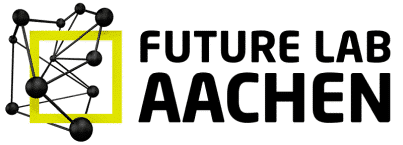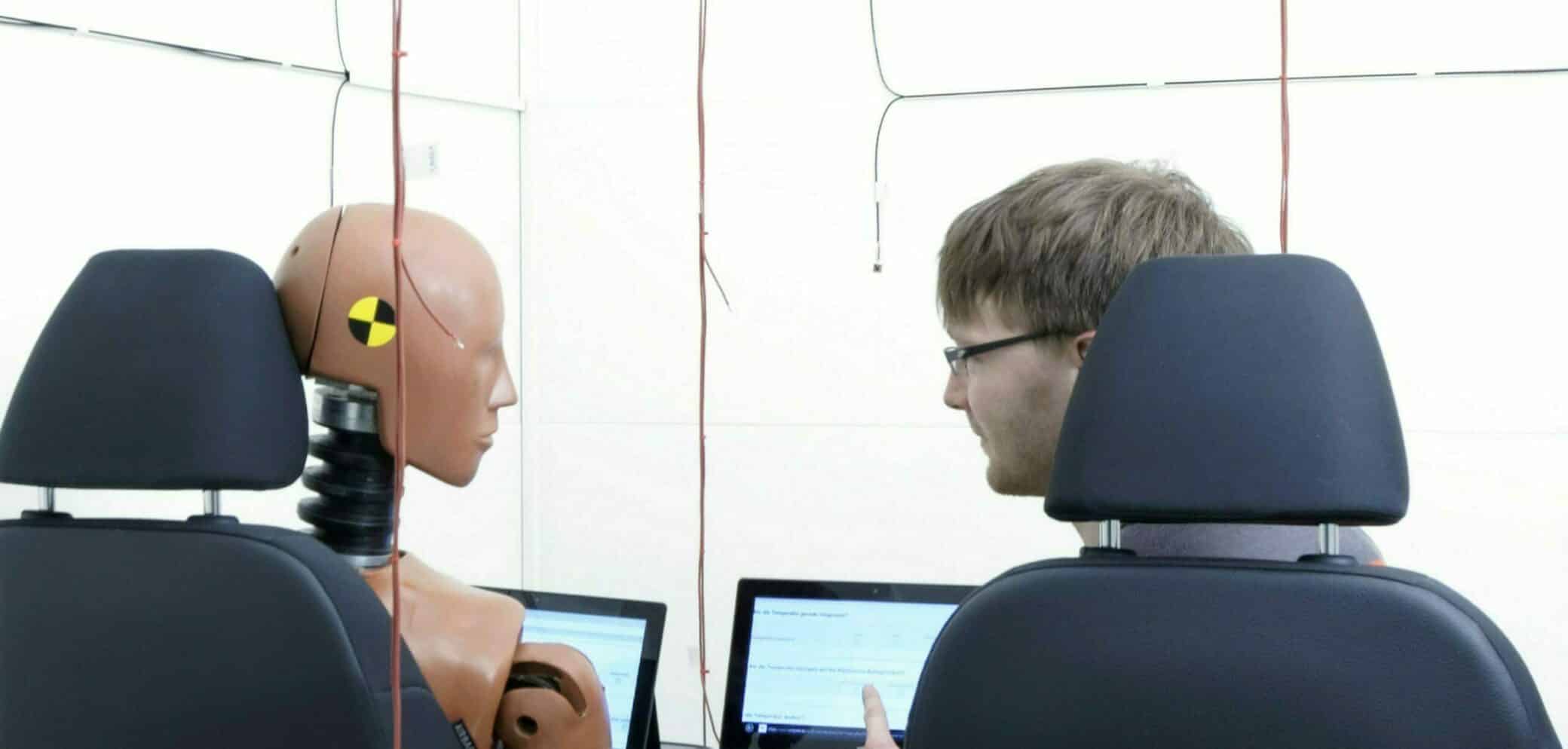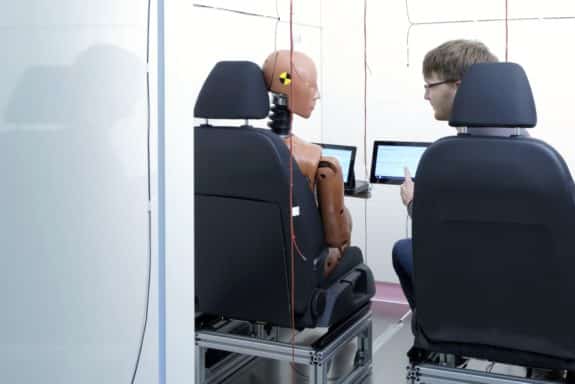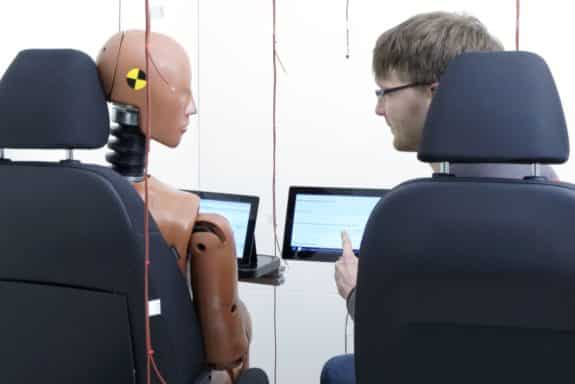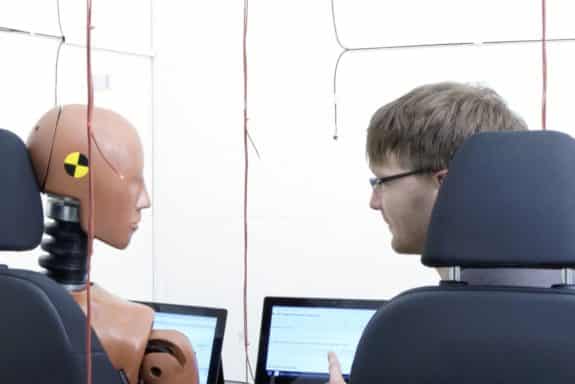What energy systems will power the cities of the future? On Campus Melaten, a huge laboratory is being created to enable us to look into the future of urban life.
A place where you can live comfortably, enjoy doing your job, move around freely without problems and find all the things you like to do in your free time: that’s what makes a city ideal in the eyes of its inhabitants! Can such expectations be better fulfilled in the future than they are already being met today? That is the main question driving the project Urban Energy Lab 4.0, which started in summer 2018 on the RWTH Campus Melaten.
Living in the lab
“Digitalisation, climate change and other trends are accelerating social upheaval. In view of this dynamic situation, we want to find out how our cities can be provisioned with energy in a reliable and environmentally-friendly way,” says Rita Streblow, outlining the project she is coordinating as Supervising Engineer. “To do this, we have developed a completely new research infrastructure. In controlled experiments, we will be able to record and evaluate the behaviour of individual energy users or even whole city quarters under changing conditions that we control.”
Because cities are highly complex systems, Streblow’s 12-strong team is highly disciplinary in its composition – mechanical engineers, electrical engineers and civil engineers all working hand in hand. In both of the huge testing halls of the E.ON Energy Research Center and the Institute for Energy Efficient Buildings, they are currently setting up the surroundings in which the experiments will run. “The key element here is the Indoor Climate Laboratory,” Rita Streblow explains. “This is where real test persons will live while we record and evaluate – in real time – how they react when, for example, temperature, humidity, sunlight or other parameters are changed.”
Huge volumes of data to be processed
In addition to user behaviour, the experiments will also focus on how buildings and building components, and the systems technology, react and interact. To this end, real facade components will be erected in the lab, and the team will investigate how natural refrigerants (e.g. propane) can be used for heat pumps. The scenarios also take into consideration that energy provision in the future will be much more decentralised and fed into the electrical networks, for example using photovoltaic systems.
To control, map and evaluate this multifaceted and moving mosaic of real and simulated components, enormous computing capacities are required. Ample server racks stand at the ready to process the huge volumes of data that will be generated in the Urban Energy Lab once the experiments begin.
The project brings together researchers from the E.ON Energy Research Center (E.ON ERC), the Center for Wind Power Drives (CWD) and the Institute of Energy Efficiency and Sustainable Building (E3D). It is being funded to the tune of € 4.9 million from the state of North Rhine-Westphalia and the European Regional Development Fund (ERDF).
14.10.2019
